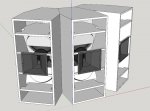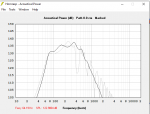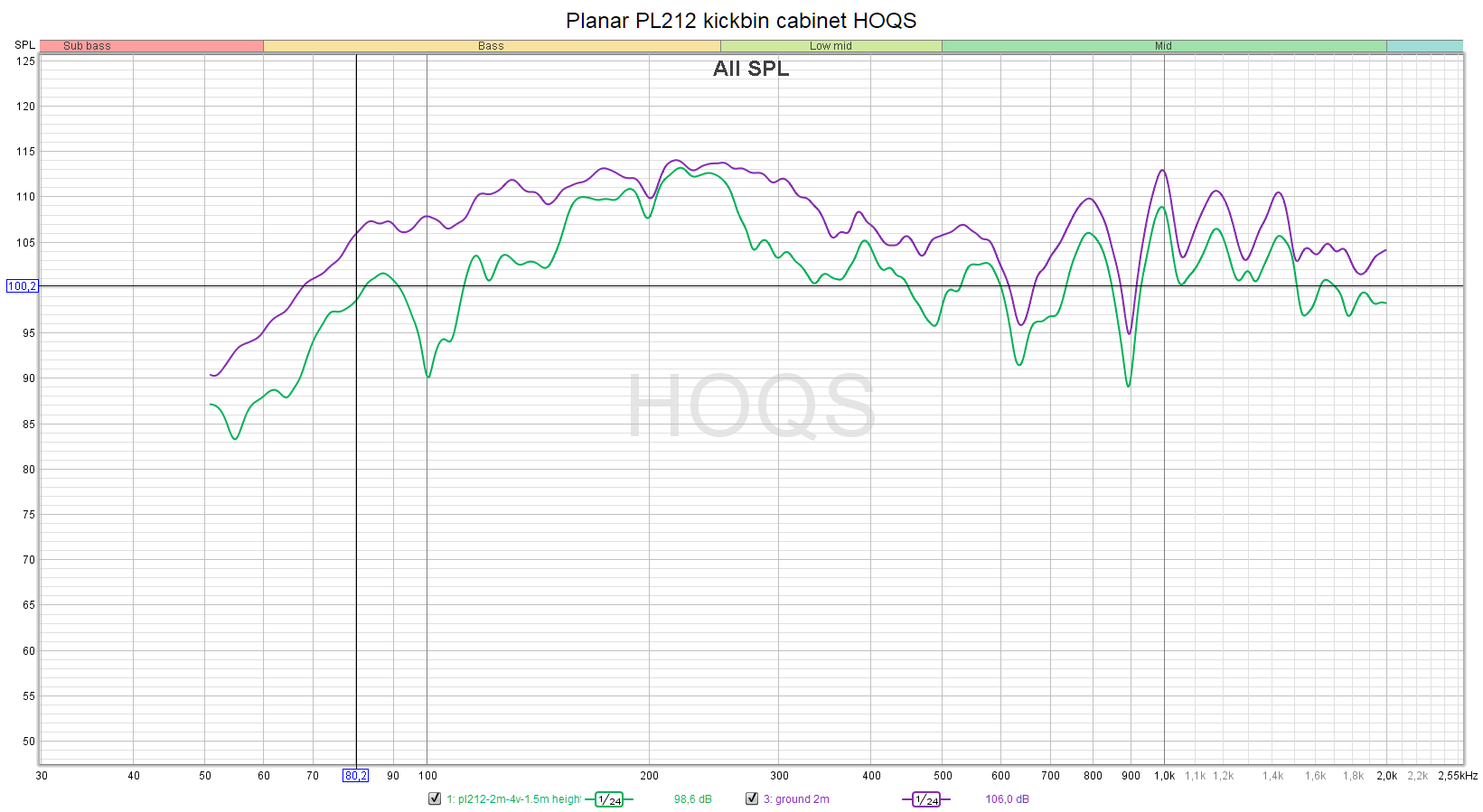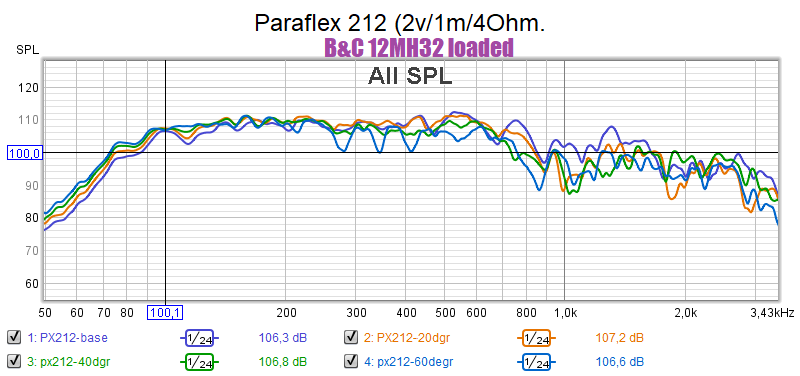I've been following a group called the "High Order Quarterwave Society" on facebook for a while and recently they've been coming out with some pretty rad looking ideas. It would be great to see what you guys think of the following designs:
Paraflex 1x12" top:

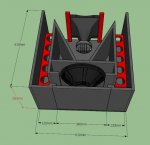
As it is now the working range is solid from 85hz -900hz using the 12NDL76 and 85hz - 1300hz with the 12MH32. Current throat slot CSA is around 250cm2-ish. Sensitivity is around 105dB and you can use a variaty of tweeters depending on your needs. (although an RCF ND950 is reccomened on our favourite horn)
Further to this you can build two together for use with larger horns or if you need the power of dual 12"'s
Initial testing looks pretty promising (note this is with the 12NDL76)
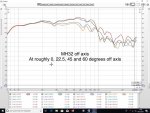
Paraflex 1x12" top:


As it is now the working range is solid from 85hz -900hz using the 12NDL76 and 85hz - 1300hz with the 12MH32. Current throat slot CSA is around 250cm2-ish. Sensitivity is around 105dB and you can use a variaty of tweeters depending on your needs. (although an RCF ND950 is reccomened on our favourite horn)
Further to this you can build two together for use with larger horns or if you need the power of dual 12"'s
Initial testing looks pretty promising (note this is with the 12NDL76)

Attachments
Last edited:




